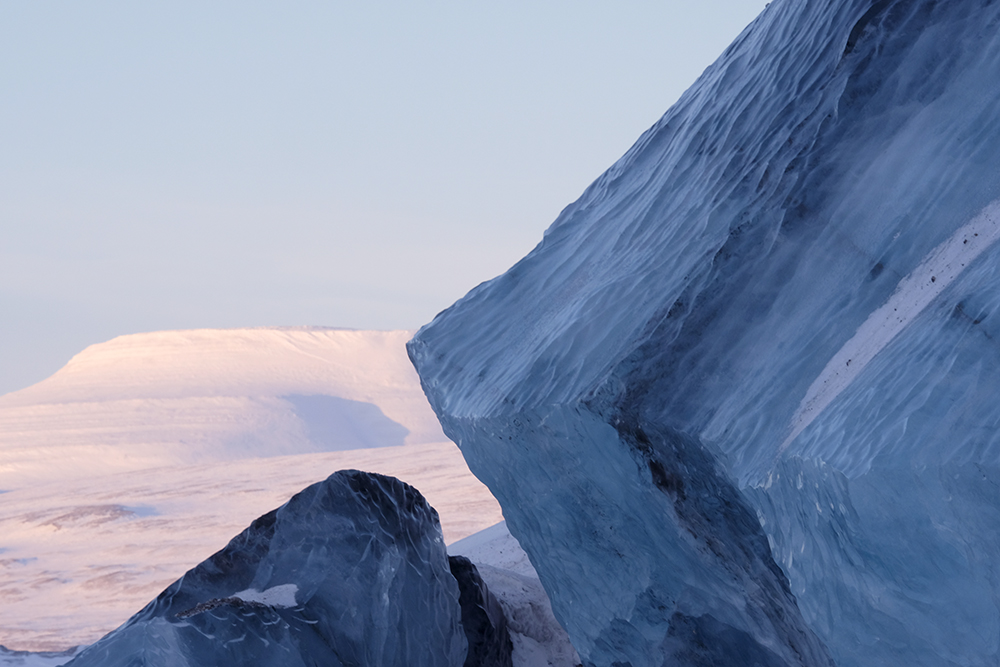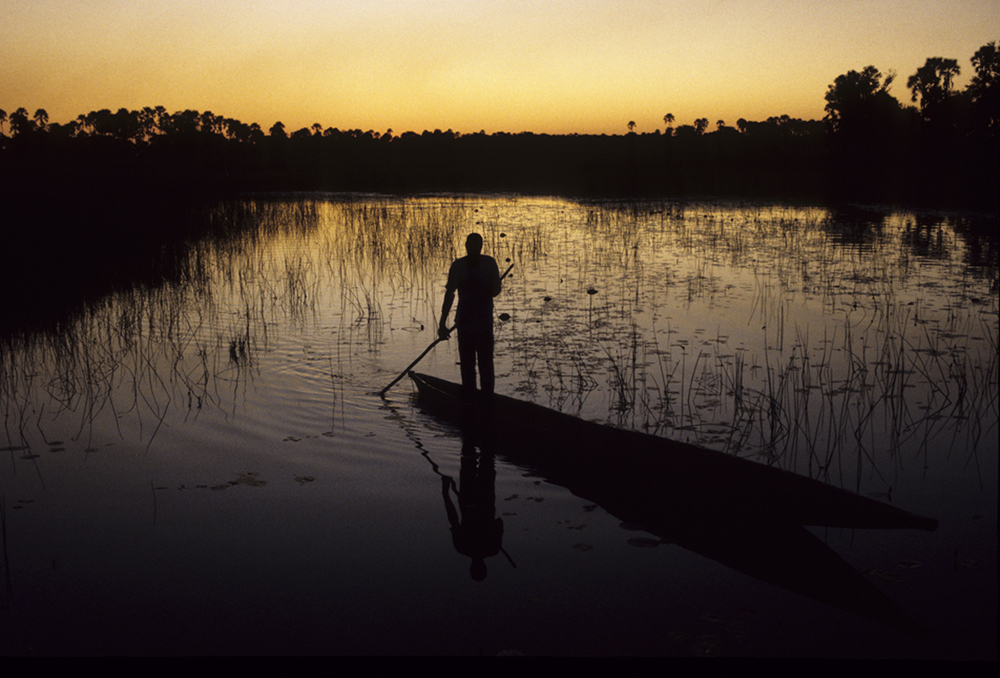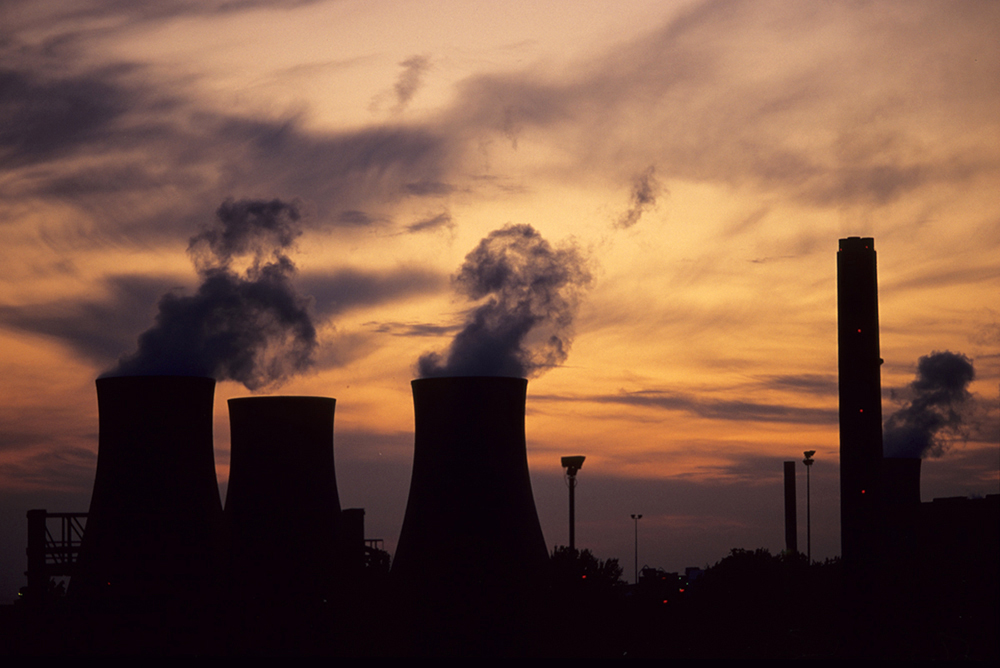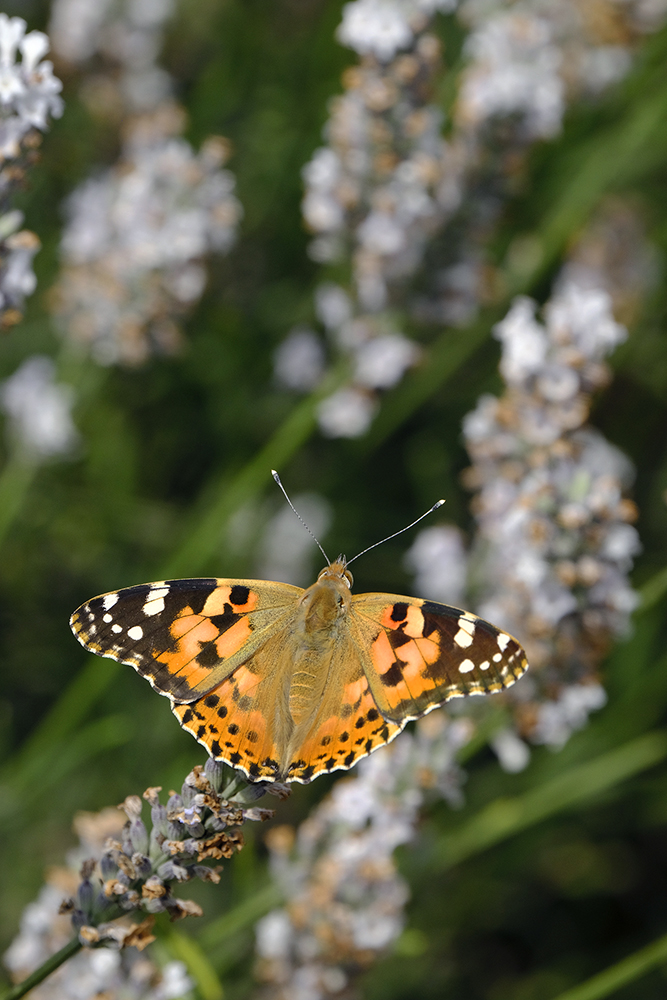It’s here, now! It’s not just something we can talk about as in the future, as our politicians and big polluters kick the can down the road. Climate change is happening. And it’s happening fast.
As I talk to photographers who work in the more extreme and sometimes more fragile environments around the world, there is a growing sense that we have already passed the tipping point for stopping the inevitable global warming impacts of rising sea temperatures and global temperature.

Temperatures in the Arctic are at record highs
The earth, our planet, has of course been through many cycles of extreme climates from ice ages to the after effects of an asteroid, which was a key factor in the extinction of many species, including most of the dinosaurs. However, this is different in two ways; first it is self-induced and second it is so rapid that ecosystems and nature don’t have time to adapt. The two are, of course, interlinked.

The asteroid hitting earth caused an even more rapid change in global climate, I hear some people say. That’s true, but it wiped out a huge amount of life on earth in the process! Do you fancy your chances of survival as temperatures and sea levels rise, fires rage around the planet, volcanic activity and flooding increase, and fresh water becomes increasingly scarce?
In a world where everyone on social media increasingly can perpetrate theories and lies about whether climate change is even happening in the first place, you only have to lift your eyes from your mobile phone to see the changes starting to affect life. Some places have been feeling it for years, especially low level islands and coastlines. Many of the countries which have contributed most to pollution of the planet and the emission of CO2 and other toxic gases which are causing the temperature rises, and continue to, are now only just starting to experiences the climate effects themselves.
Yet emissions from burning fossil fuels are still rising! They aren’t even predicted to peak for another seven or eight years. The next COP summit – COP 28 – is around the corner later this year. The first one, organised by the United Nations Framework Convention on Climate Change (UNFCCC) was way back in 1994 and the Montreal protocol and the Rio Earth Summit were even earlier in 1987 and 1992 respectively. There’s been a lot of talking since then but the amount of action has been tempered by self-interest and arguably still is.

This COP is being held in an oil producing country, the UAE, and the presidency will be held by Dr. Sultan Al Jaber, CEO of Abu Dhabi National Oil Company (ADNOC). If you listen to the somewhat blinkered and stereotypical view of the western media, this is a massive negative. I’m not so sure. From my experience of the Middle East there is first an awareness that oil won’t last forever and it’s effects on the human race are potentially far more detrimental than tobacco, and second, there is a lot of good work being done on alternative and renewable energy sources out there… not least because there has to be if those countries are going to continue to grow. Maybe, just maybe, throwing the emphasis onto oil producing countries to act to ensure a positive outcome will lead to more engagement not less, especially as so many more countries are now experiencing the extremes of climate.

Or am I being too optimistic? I certainly don’t have any faith in politicians from the major industrialised countries. We are led by the short-sighted and self-interested, as has been recently shown in the UK by the decision to open up new North Sea oil and gas fields, along with the slow pace of connectivity to the national grid for renewable energy sources.
This spring and summer I, and many others, have noticed little changes in our local environments. Not only is the weather atypical but where are the wasps? In fact, insects in general seem to be much less evident. That might sound rather flippant but it’s not intended to be. These insect species are important environmental markers and indicative of significant changes in the world immediately around us as they affect the whole of the natural world life cycle, not just whether you can eat an ice cream without being bothered by buzzing!

So what can we do? It’s not my place to preach to you on a personal level although all increasing our consciousness of the energy which we use, the volume of waste which we dump, our water usage and what we buy and/or recycle, cannot be a bad thing and is a little difference we can all make without any real inconvenience. That’s a key point though – the disposable, energy-hungry world we have all created means that putting this right, if achievable (and we have to believe it is), requires change and it will be inconvenient. Politicians need to accept this and understand that we, the people, may moan about it but we do understand that this is a price we’ll all have to pay, whether we like it or not.
As photographers, can we make a difference? I think so. I’m optimistic that our creativity can inject a realism and positivity into the process of climate awareness and its reversal, to counteract all the gloom. Whether you’re photographing a bee on a flower or a volcanic eruption, your beautiful images help to create an awareness of the flora, fauna, landscapes and life we are potentially going to lose first. Combine that with documenting the positive things which people are doing to make a difference and you can contribute to countering the surge of negative media doom and gloom about our climate which makes people feel helpless and switches us all off to the climate change problem. Sharing positivity and beauty can go a long way to making us all as individuals feel that we can make a difference, even if it’s only a small one. One person jumping has negligible impact but the butterfly effect tells us that the actions of many can be profound.
All images © Chris Coe

